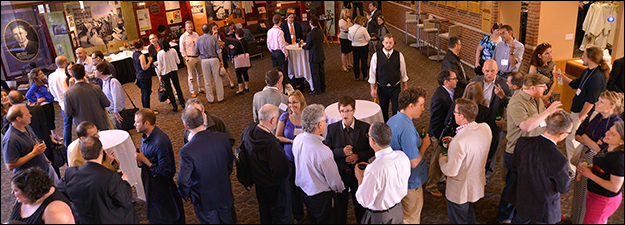The Cultures of Georgia and Armenia
Sponsoring Organization(s)
Rare Book Dept., The Free Library of Philadelphia
Organizer Name
Bert Beynen
Organizer Affiliation
Osher Lifelong Learning Institute, Temple Univ.
Presider Name
Bert Beynen
Paper Title 1
The Reorganization of Tense, Aspect, and Mood in Medieval Georgian
Presenter 1 Name
Rusudan Asatiani
Presenter 1 Affiliation
Ivane Javakhishvili Tbilisi State Univ.
Paper Title 2
Biblical Narratives and the Descent of the Georgian and Armenian People
Presenter 2 Name
Manana Sanadze
Presenter 2 Affiliation
Univ. of Georgia, Tbilisi
Paper Title 3
The Independence of Georgia during the Reign of Giorgi the Brilliant, 1299/1318-1346
Presenter 3 Name
Giuli Alasania
Presenter 3 Affiliation
Univ. of Georgia, Tbilisi
Paper Title 4
Parallel Corpora of Georgian Medieval Texts
Presenter 4 Name
Nino Doborjginidze, Irina Lobzhanidze
Presenter 4 Affiliation
Ilia State Univ., Ilia State Univ.
Start Date
17-5-2015 8:30 AM
Session Location
Schneider 1125
Description
Professor Sanadze's paper gives an overview of Georgian and Armenian chronicles which connect the origin of their peoples to Biblical sources, whereas Professor Alasania describes how Giorgi V, the Brilliant, restored the Georgian Kingdom after its conquest by the Mongols. Professor Asatiani traces how Medieval Georgian changed from 13 to 11 screeves and offers some cognitive interpretation based on the changes of linguistic ‘world view.’ Professors Doborjginidze and Lobzhanidze discuss their parallel (Georgian-English) electronic corpus of Old Armenian and Georgian manuscripts, including Shota Rustaveli’s vepkhist’q’aosani . The latter includes 12 previously unknown manuscripts, as well as all hitherto studied materials.
Bert Beynen
The Cultures of Georgia and Armenia
Schneider 1125
Professor Sanadze's paper gives an overview of Georgian and Armenian chronicles which connect the origin of their peoples to Biblical sources, whereas Professor Alasania describes how Giorgi V, the Brilliant, restored the Georgian Kingdom after its conquest by the Mongols. Professor Asatiani traces how Medieval Georgian changed from 13 to 11 screeves and offers some cognitive interpretation based on the changes of linguistic ‘world view.’ Professors Doborjginidze and Lobzhanidze discuss their parallel (Georgian-English) electronic corpus of Old Armenian and Georgian manuscripts, including Shota Rustaveli’s vepkhist’q’aosani . The latter includes 12 previously unknown manuscripts, as well as all hitherto studied materials.
Bert Beynen


